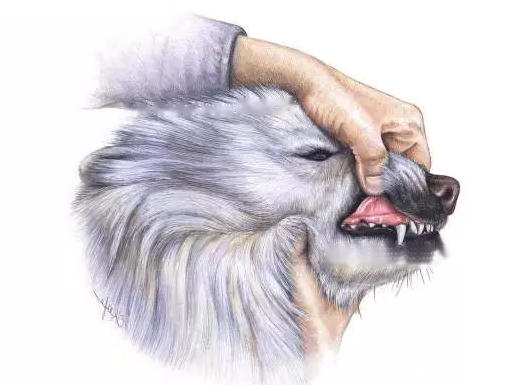petsperiodontal disease
periodontal disease is the most common small animal clinic today question. When pets are 2 years old, 70% of cats and 80% of dogs will have some degree of periodontal disease.
In the impression of most owners, periodontal disease is bad breath and rotten teeth, but the problem is far more than that. Periodontal disease not only affects the oral cavity, but also further affects the disease and systemic organs.
Healthy Gums

Characteristics of healthy gums:
No calculus on the tooth
Gum pale pink/coral pink, no inflammation
Bone filling between roots
Progress of periodontal disease
Periodontal disease originates from a substance formed by bacteria on the teeth: plaque. The direct action of bacteria or bacterial-derived toxins can induce inflammation on the gums, and it is complex and intertwined with factors such as oral hygiene, host resistance and immunity, and presents a different course of disease.
In the beginning, the gums will become inflamed and congested, a mild form of gingivitis. Mild gingivitis does not necessarily turn into periodontal disease. Because plaque can be easily removed by brushing, the friction when eating will also remove some.
As the calculus thickens layer by layer, it leads to more serious inflammation of the gums, and then the crown below the tooth will also be invaded, and the connective tissue that holds the teeth will be destroyed, which is a slight periodontal disease.
If gingivitis and calculus continue to stimulate, it will evolve into periodontitis. In addition to affecting the flesh of the gums and surrounding connective tissue, periodontitis can also cause damage to the alveolar bone. Once the alveolar bone is destroyed, the entire gum will recede, exposing the root without the protection of enamel. At the same time, the teeth will begin to shake, causing severe periodontal disease.
Prevention and Treatment
After understanding the occurrence and development of periodontal disease , we can conclude that to prevent periodontal disease in pets, the best preventive measure is to brush your pet's teeth.
If your pets already have calculi on their teeth, many hospitals now have pet dentistry, which can bring in catsdogs
to clean the teeth.
I hope that all owners will pay attention to pet periodontal disease. Periodontal disease is not just about losing teeth. Inflammation of the gums can cause wounds, ulcers, and bacterial infections. The destruction of the alveolar bone makes the upper and lower jaw bones become Fragile; purulent ducts may form between the oral and nasal cavities, affecting the nasal cavity and compressing the eye sockets; discomfort in the oral cavity makes pets reluctant to eat, etc.
![[Dog Training 5] The training method of pet dog dining etiquette](/static/img/12192/12192_1.jpg)




